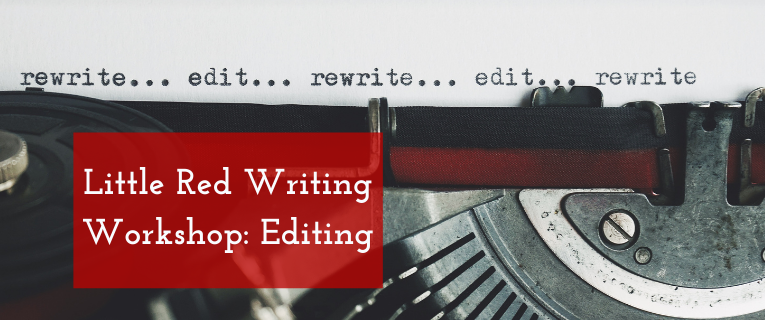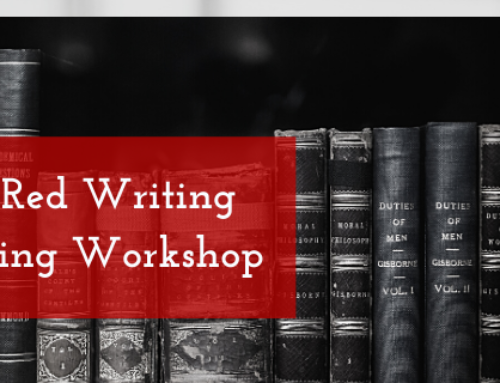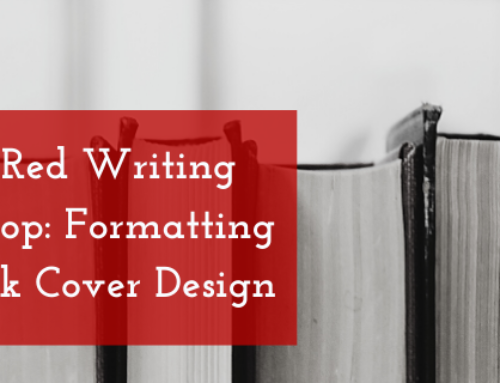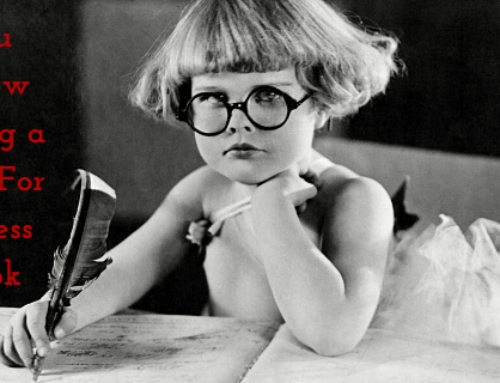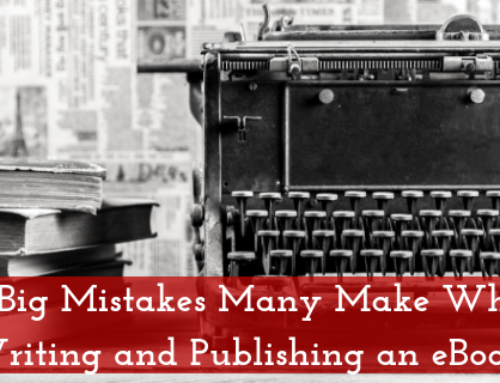For many, writing a book isn’t just a professional pursuit or necessity, oftentimes it is a passion project. Much like other passion projects, great writing requires several rounds of editing, the tender loving care of the writing world. Editing is much like the tools of a woodworker, who uses various rasps, files, and sandpapers to shape the wood into what they intend. These tools remove unnecessary material from the masterpiece in-progress.
First, you begin with an aggressively textured rasp. This takes the most material off and helps shape the block of wood you started with. As you start to get the general shape, you switch to a finer file to help develop the curves. Once you’ve developed the shape, you move through various grit-levels of sandpaper. The sandpaper softens ragged edges and levels out scored surfaces, giving the object the even, smooth texture you’re looking for. Creating a nice piece out of wood requires attention and work, the same way a great piece of writing does.
Ideally, when you’re editing a book, you first want someone to read over the whole work, making sure that ideas are introduced in a logical and consistent manner. In this reading, you’re concerned with character arcs, plotlines, concepts, and processes—in other words, the content of your book. You don’t want your ideas and concepts from Chapter 1 to contradict your ideas and concepts in Chapter 2. You also want to make sure your book is accurate and continuous. This round of editing is called Content and Development editing. Much like the aggressively textured rasps, this round gets your brainstorming ideas and content into a coherent manuscript that roughly resembles what your book will look like.
The next round is called Line Editing. This is where you look at sentence structure and word usage, to ensure you are clearly communicating your message to the audience. Do you have run-on sentences? Does every sentence read the same? Maybe a word doesn’t mean what you think it means (bonus points for reading this in Inigo Montoya’s voice). Line Editing also breaks blocks of copy into chapters and paragraphs, putting your ideas into a clear progression. This is the finer file that helps develop the curves and the shape of your writing.
The next set of edits focus specifically on the copy’s grammar and punctuation. You may have the best ideas, but if your book has grammar and punctuation mistakes, then it looks unprofessional and destroys your credibility. It’s the difference between a piece with sharp, jagged edges, scored surfaces, and a piece with smooth faces and edges. It’s the difference between a finished piece and a piece that is obviously amatuer. If you’re going to put the time, money, and effort into this book you want the final product to reflect that.
Little Red Writing’s writing workshop gives you access to a team of writers with combined 50+ years of experience in over 40 industries. When you partner with us, we go with you through the brainstorming phase all the way to the bookshelves. That means we’re with you from start to finish, including the tedious and time-consuming parts such as editing. Most writing coaches or writing education programs only offer very basic proofreading, if they offer to help edit at all. These programs still charge exorbitant prices, sometimes charging upward of $50,000. Our process gives you access to our full editing services, plus writing coaching, formatting, and publishing, all for $5,000. We can also offer our marketing services which include publicity materials, a website dedicated to your book, blog tours, and more for an additional$2,000.
The Little Red Writing workshop offers you more than coaching, editing, and publishing. We offer you a teammate who is with you the whole way. Editing can be a struggle, but together we can create a book you’ll be proud of.
Are you ready to start? Contact us today!
